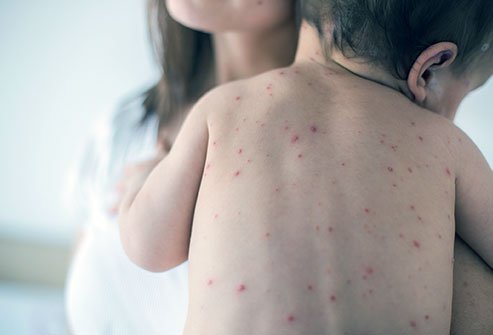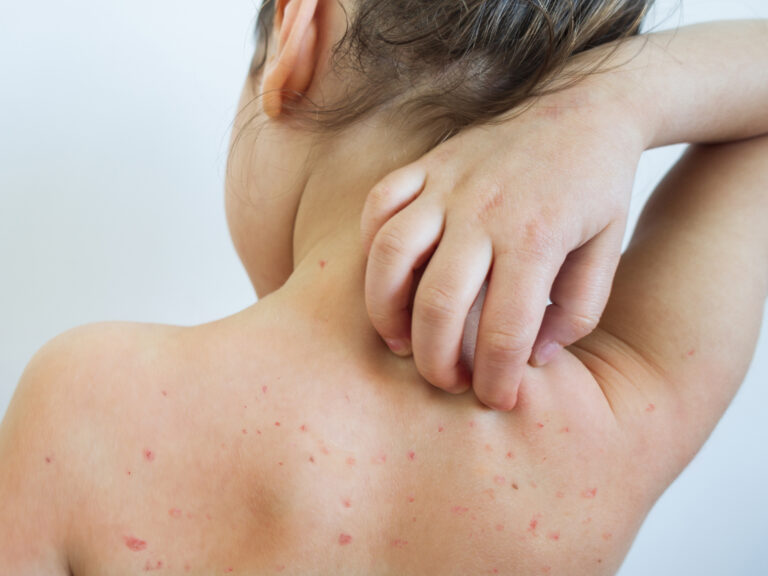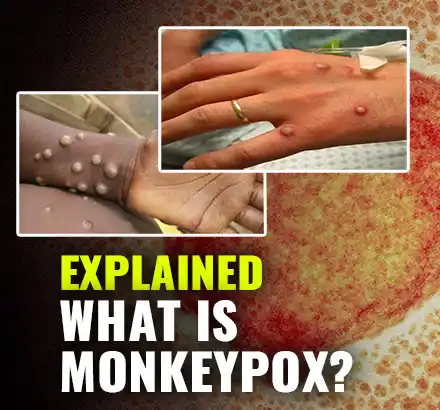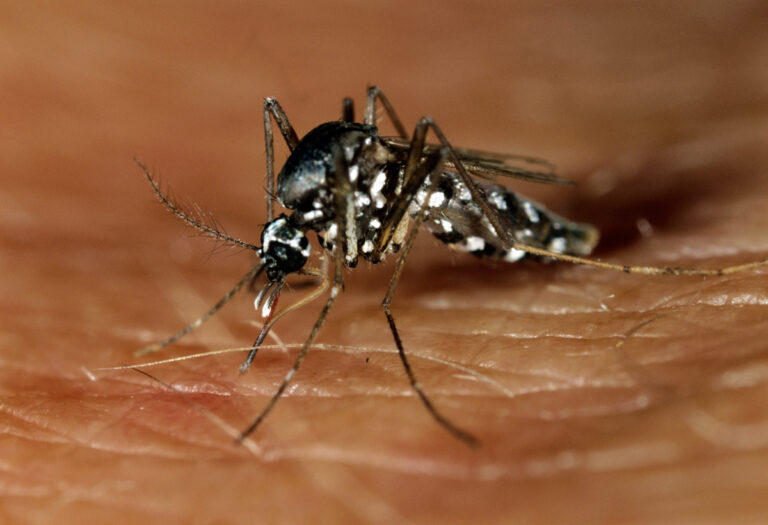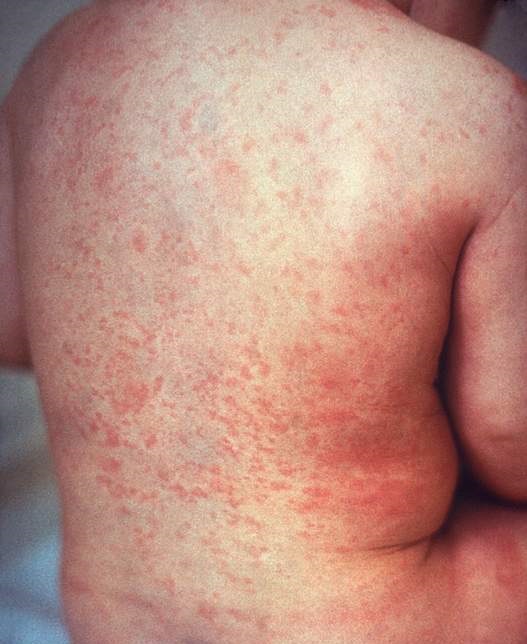Shingles: Symptoms, Causes, and Treatments
Author: Shiela Lupiba
Shiela Lupiba
Category: Health
What is Shingles?
Shingles is an infection cause by a virus that causes a painful rash. Although shingles can appear anywhere on your body, it is most commonly seen as a single stripe of blisters wrapping around either the left or right side of your torso.
Shingles is cause by the varicella-zoster virus, which is also responsible for chickenpox. The virus becomes inactive in nerve tissue near your spinal cord and brain after you have had chickenpox. The virus may reactivate as shingles years later.
What are the symptoms of shingles?
Although not every person with shingles will experience them, early symptoms include:
- tiredness – While you have shingles, you may feel tired. However, it is possible to feel tired even after the shingles rash has healed. Fatigue may occur indirectly as a result of PHN, a shingles complication characterized by persistent pain. Insomnia is common in people suffering from PHN.
- aching muscles. – If shingles affects a nerve in your face, you may also experience pain, muscle weakness, and a rash on different parts of your face. Among the symptoms are: Some of the muscles in the face are difficult to move.
- headaches- When it affects the head or scalp, symptoms may include headaches and weakness on one side of the face, causing that side to appear droopy. The symptoms usually go away after a while, but it can take months. In some cases, the pain may last for weeks, months, or even years after the rash has healed.
- nausea – This is one of the most common symptoms that is misdiagnosed as something else. The majority of people can attribute their nausea to something they ate or drank. Unfortunately, this symptom progresses to the point of being flu-like, though vomiting is a rare side effect of this nausea.
- fever – The eyes, nervous system, lungs, liver, and brain are among the body systems that can be affected. Internal symptoms include chronic pain, fever, cough, abdominal pain, and headache. Internal organ damage caused by shingles is a serious complication that necessitates immediate medical attention.
What are the causes of shingles?
Shingles is caused by the same virus that causes chickenpox, VZV. The virus
remains dormant in the sensory ganglia of a person’s cranial nerve or the
dorsal root ganglia of the peripheral nervous system after they recover from
chickenpox.
VZV is a type of virus known as a herpes virus. This is why it is also known
as herpes zoster.
Anyone, including children, can get shingles if they had chickenpox. The risk
of it is greater
as people get older. About half of all cases are among men and women 60 years
or older. If you
received the chickenpox vaccine, your risk for it is much lower than if you
did not get the
vaccine and were sick with chickenpox naturally.
What are the treatments?
There are several antiviral medications available to treat shingles. These medications aid in reducing the length and severity of the illness. However, in order to be effective, they must be initiated as soon as the rash appears. People who have this disease or suspect they may have shingles should contact their doctor as soon as possible to discuss treatment options. Pain relievers may be useful in relieving the pain caused by shingles. Wet compresses, calamine lotion, and colloidal oatmeal baths may help alleviate itching.
Home Remedies
See below the home remedies:
- Essential Oil
For many years, people have used essential oils as herbal remedies, often for
skin conditions.
Some essential oils contain compounds that may aid in skin irritation and
healing. Among these oils are:
Chamomile oil has anti-inflammatory and antimicrobial properties, and it
can help heal ulcers and pressure sores by promoting skin cell regeneration.
Eucalyptus oil , which has anti-inflammatory properties and can speed up
the healing of cancer patients’ sores.
Tea tree oil has anti-inflammatory and antimicrobial properties, as well as
the ability to promote wound healing.

2. Cold Compress

Applying cool cloths or compresses to the rash site may help relieve itching
and reduce inflammation.
People can lightly soak and wring a natural cotton cloth or towel in cool
water before applying it to sore, itchy areas. They can then do this as many
times as they need to.
It is also best not to expose the skin to extreme temperatures, so avoid
taking ice baths or bathing in very hot water. Hot water increases blood flow
and may slow the healing of sores, whereas ice increases skin sensitivity.
- Cool Bat h
Taking cool baths or showers on a daily basis with minimal scrubbing will help
keep sores and blisters clean and reduce the risk of infection.
Cool water should also help to relieve sore and itchy spots, preventing
scratching, which can lead to scarring.
4. Diet
A healthy diet is essential for illness prevention and treatment.
The Dietary Guidelines for Americans recommend a varied diet rich in
vegetables, fruits, whole grains, legumes, nuts, and lean meats.
People should aim to consume foods that are orange, red, or green and contain
the carotenoids lycopene, lutein, zeaxanthin, and provitamin A. Carotenoids
are essential for immune function and can be found in the following foods:
Carrot, pumpkin, and apricot are examples of orange foods.
Watermelon, red pepper, grapefruit, and cherry are examples of red foods.
Kale, parsley, spinach, melon, lettuce, and endive are examples of green
foods.
How long does Shingles last?
Most cases of shingles last three to five weeks. Shingles follows a pattern:
- The first sign is often burning or tingling pain; sometimes, it includes numbness or itching on one side of the body.
- Somewhere between one and five days after the tingling or burning feeling on the skin, a red rash will appear.
- A few days later, the rash will turn into fluid-filled blisters.
- About a week to 10 days after that, the blisters dry up and crust over.
- A couple of weeks later, the scabs clear up.
Most people get shingles only one time. But, it is possible to have it more than once.
Take note: If left untreated, some complications of shingles can be fatal. Pneumonia, encephalitis, stroke, and bacterial infections can cause your body to go into shock or sepsis.







